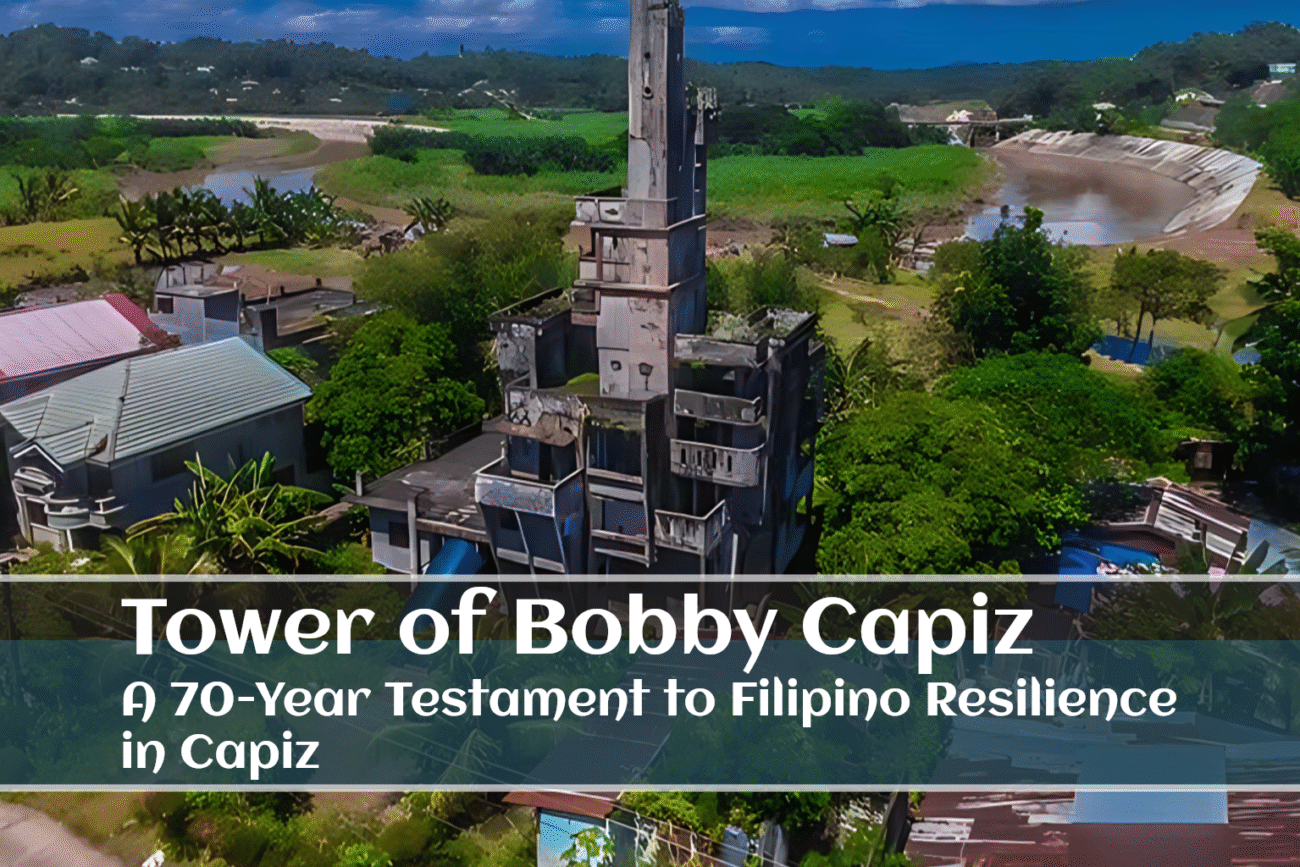In the heart of Cuartero, Capiz, stands a concrete marvel that has defied the odds for over seven decades: the “Torre ni Bobby,” or the Tower of Bobby Capiz. This isn’t just any building; it’s a towering testament to an audacious dream, a symbol of unyielding strength, and a beacon of hope for a community that has faced nature’s harshest challenges. Its very existence, rising prominently in the landscape, tells a story of vision that went against the grain, transforming a simple request into an enduring legacy.
Rising approximately 80 feet into the sky, this seven-story structure, built in 1950, embodies the extraordinary foresight of a young engineer named Roberto Funa. More than just a home, it was envisioned as an impregnable fortress, a vision that has proven true through countless typhoons and earthquakes. The
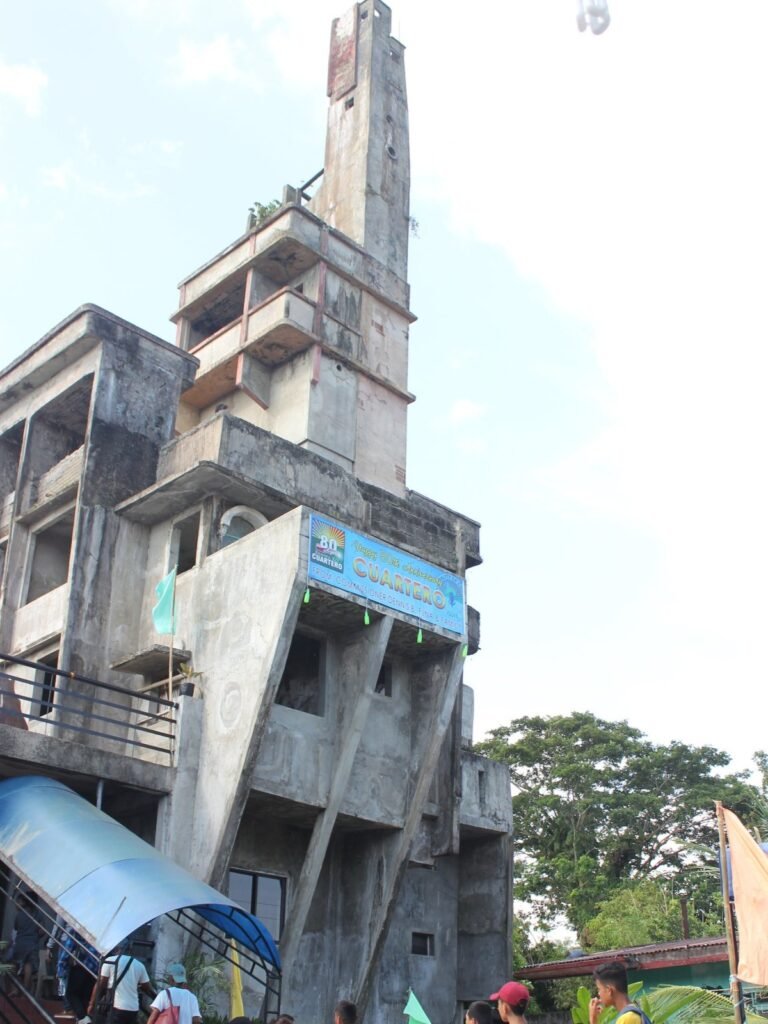
Tower of Bobby Capiz stands as a powerful symbol of Philippine Resilience, showcasing how one man’s unconventional dream could become an enduring landmark and a source of inspiration for generations. Its remarkable survival story makes it a must-see Cuartero Landmark and a significant draw for Capiz Tourism. The building’s continued presence, steadfast and resilient amidst time and the forces of nature, serves as a profound illustration of human ingenuity and determination.
The Visionary Behind the Concrete: Roberto Funa’s Audacious Dream
The story of the Tower of Bobby Capiz begins with a young man named Roberto “Bobby” Funa. In 1950, Funa, a recent graduate from the prestigious Mapua University, returned to his hometown of Cuartero [User Query]. He carried with him not just a degree in engineering, but a mind brimming with ambitious ideas that went far beyond the ordinary expectations of the time. His education provided him with a strong theoretical foundation, which, combined with his innovative spirit, allowed him to conceptualize and execute a structure so bold and resilient.
His brother, Colonel Antonio Funa, along with their uncle, had a relatively simple request: to build a two-story house that would unite the family under one roof [User Query]. However, Bobby Funa, possessing what the community would later recognize as “extraordinary foresight,” saw something much grander. He challenged these modest plans, envisioning a massive, seven-story structure. This was not merely to be a larger home, but an “impregnable fortress” specifically designed to withstand the frequent and fierce natural disasters that plagued the region of Capiz [User Query]. His proactive approach, building not just to meet existing codes but to surpass them, anticipated modern “Build Back Better” philosophies in disaster-prone areas, demonstrating a foresight truly ahead of its time.
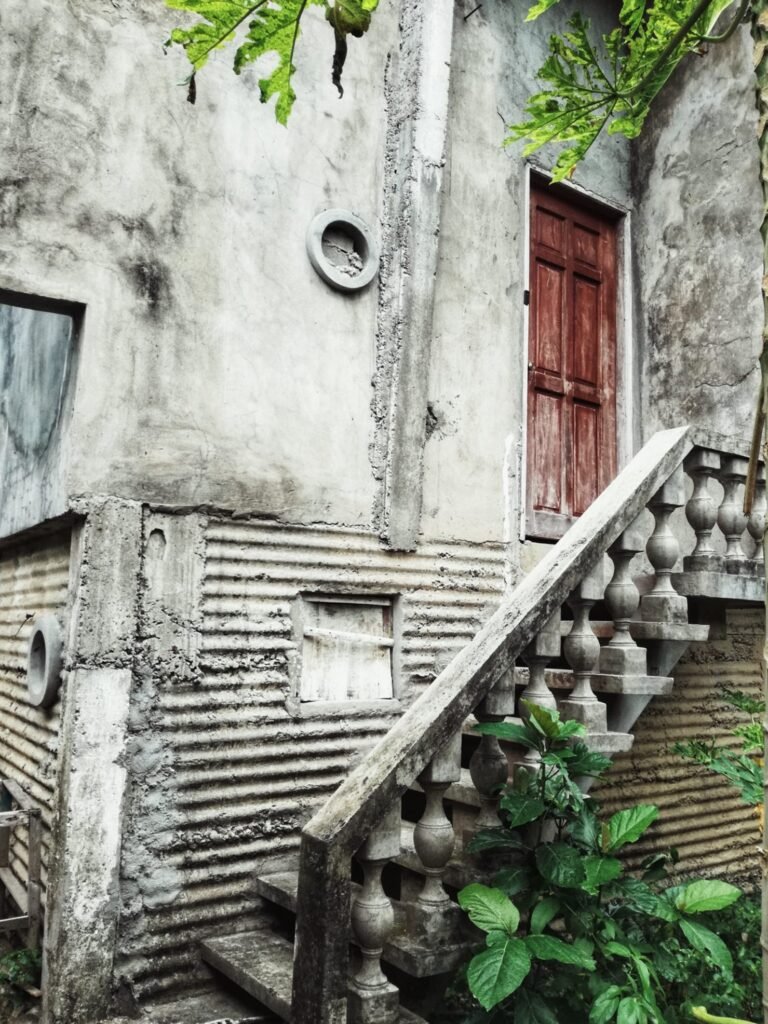
This bold and unconventional design met with significant opposition from his family [User Query]. Their concerns centered on the sheer scale of his plans, which seemed excessive for a family home. They also expressed worries about his reliance on local laborers, fearing they might lack the specialized skills needed for such an ambitious and complex project [User Query]. Despite these familial doubts and the conventional wisdom of the era, Bobby Funa pressed on, driven by his unwavering vision for his family’s safety and the community’s future. The eventual success and enduring strength of the Tower would, in time, vindicate his trust in local talent and his ability to empower and guide them to achieve something truly remarkable.
Bobby Funa’s ambition was so immense that he even contemplated adding a cable car system to his design [User Query]. This system would connect the towering structure to a nearby train station, a forward-thinking solution aimed at easing his family’s travel during the heavy rainy seasons that often isolated communities. This detail further highlights his innovative thinking, showing a mind that sought to solve practical problems with grand, futuristic solutions, cementing his identity as a truly visionary Roberto Funa Engineer. This was not just about building big; it was about building smart, building for the future, and building with a deep understanding of the local environment’s challenges.
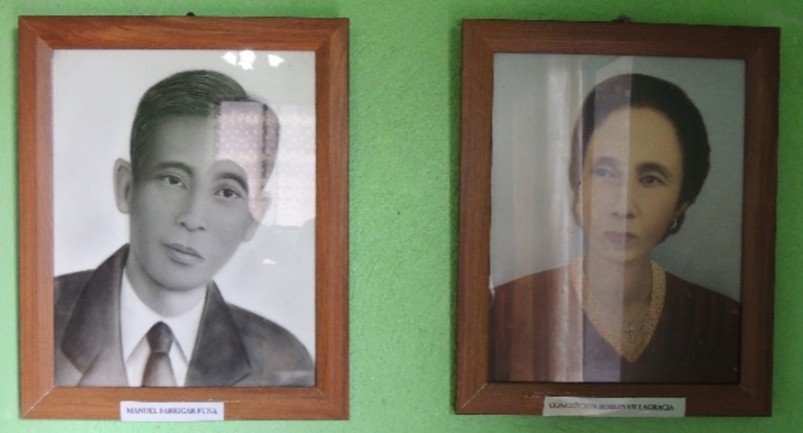
Building a Legacy: The 1950s Construction of Torre ni Bobby
The construction of the Tower of Bobby Capiz began in 1950, transforming Roberto Funa’s ambitious blueprints into a tangible reality. This seven-story concrete structure, reaching an impressive height of approximately 80 feet, was a monumental undertaking for its time and place in Cuartero. The sheer scale of the project, especially given the resources and technology available in the Philippines during the mid-20th century, underscores the immense challenge and the extraordinary dedication involved.
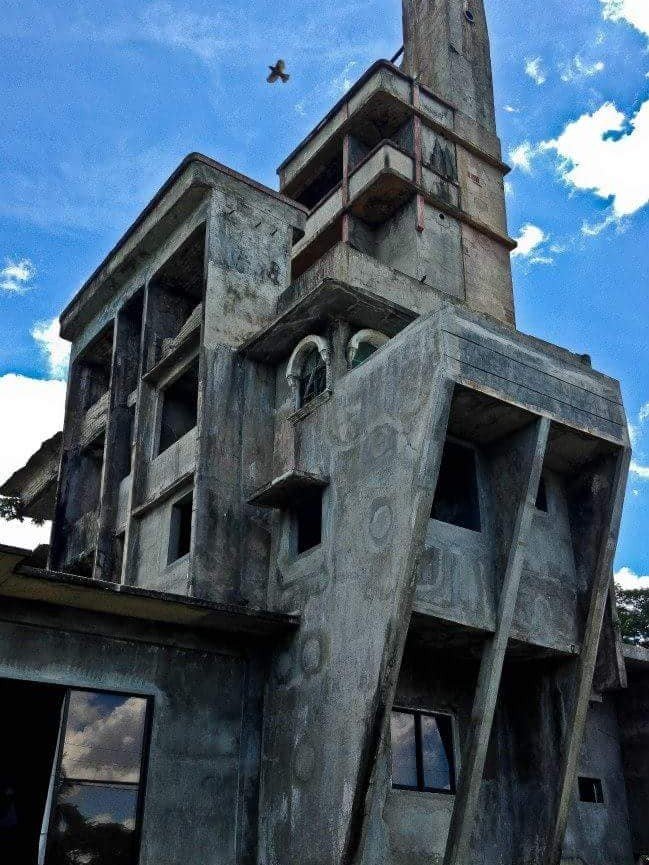
A notable detail from the project’s inception was the recorded cost of cement for this massive undertaking: a mere 5,000 pesos at the time [User Query]. While this figure might seem incredibly low by today’s standards, it represented a significant investment in 1950, highlighting the substantial financial commitment made by Colonel Antonio Funa and their uncle. The low cost also suggests a remarkable level of ingenuity or highly efficient construction methods employed by Roberto Funa. It is plausible that he maximized the use of materials, perhaps through innovative techniques that required less cement than conventional approaches for a structure of that size and resilience. This hints at a resourcefulness and unique engineering insight that goes beyond simply building, serving as a subtle indicator of his “genius.”
The 1950s marked a crucial period of architectural evolution in the Philippines. Post-war reconstruction efforts saw a distinct shift towards modernism, with architects increasingly embracing new materials like reinforced concrete, steel, and glass. While specific blueprints detailing the Tower’s exact structural design are not widely available, its construction aligns with this era’s general move towards more robust and modern building techniques. This places the
Tower of Bobby Capiz within a broader historical context of architectural development in the nation, even as it stands out for its exceptional durability.
During the 1950s, the Philippines was in the process of developing and refining its building codes. Although these regulations may not have been as stringent as today’s highly specialized seismic and typhoon-resistant standards , the period saw the establishment of architectural boards and regulations aimed at safeguarding life, health, and property. The fact that the
Tower of Bobby Capiz has stood for over 70 years, enduring countless natural disasters, strongly suggests that Roberto Funa either adhered to the highest standards available then, or, more likely, implemented innovative, perhaps even proprietary, construction methods that significantly surpassed the conventional practices of his era. The absence of specific architectural details in historical records, rather than being a drawback, actually enhances the narrative of Bobby’s exceptional engineering acumen. It allows the story to focus on his visionary approach as the primary driver of the Tower’s enduring resilience, transforming the building into a local legend rather than just an engineering case study.
Crucially, despite initial doubts from his family regarding the skills of local laborers, Bobby Funa pressed on with their involvement [User Query]. The successful completion and enduring strength of the Tower highlight the dedication, hard work, and inherent capability of these local workers, all guided by Funa’s unwavering vision. Their contribution is an integral part of the Tower’s inspiring story of resilience, demonstrating that local talent, when empowered and directed by a clear vision, can achieve monumental feats.
A Fortress Against Nature: 7 Decades of Unyielding Resilience
The province of Capiz, like much of the Philippines, is no stranger to the raw power of nature. It lies in a region frequently visited by tropical cyclones and is prone to earthquakes. The Philippines, an archipelago positioned in the Pacific Ring of Fire and the typhoon belt, experiences approximately twenty tropical cyclones annually, with August typically being the most active month. This inherent vulnerability of the region to natural calamities provides a critical backdrop, making the
Tower of Bobby Capiz‘s survival even more remarkable.
For over seven decades, the Tower of Bobby Capiz has stood as an unyielding sentinel against these formidable forces. It has survived countless typhoons, powerful earthquakes, and severe weather conditions, a testament to its robust construction and Roberto Funa’s visionary design. Its continued existence, while other structures have crumbled, serves as a powerful, living demonstration of successful engineering. In a region where disaster preparedness is paramount, the Tower stands as a real-world example of what is possible in terms of durable construction.
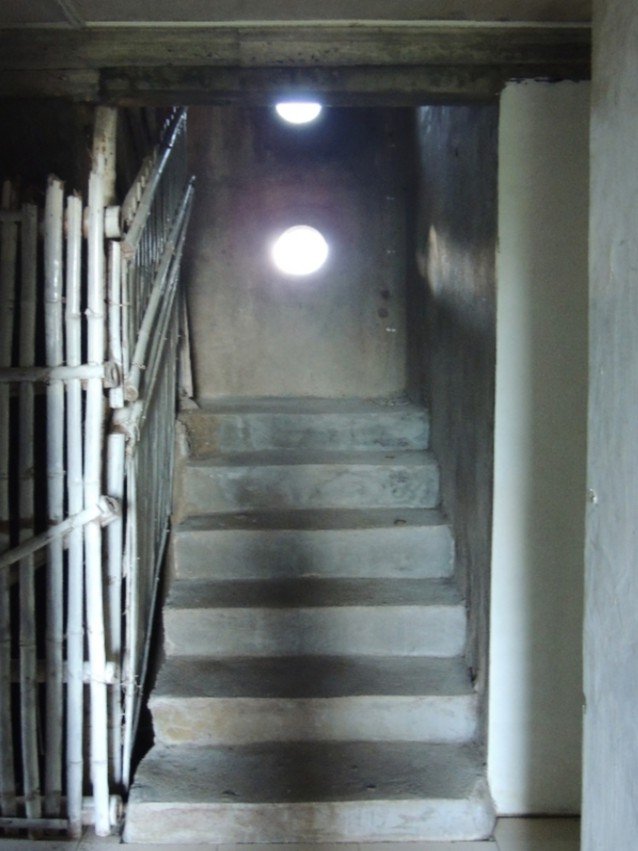
The Tower’s endurance is particularly striking when considering some of the major calamities that have impacted the Visayas region and Capiz:
- The 1912 Typhoon: Even before the Tower was built, Capiz had a history of devastating typhoons. A typhoon in November 1912 “practically destroyed” Tacloban and Capiz, resulting in a staggering 15,000 deaths, half the population of those cities at the time. While the Tower was not present for this specific event, this historical context highlights the extreme vulnerability of the region, making its later survival of similar, powerful storms even more impressive. It underscores the historical challenges that shaped Roberto Funa’s desire to build an “impregnable fortress.”
- Super Typhoon Yolanda (Haiyan) in 2013: One of the most catastrophic tropical cyclones ever recorded, Typhoon Haiyan (locally known as Yolanda) devastated portions of Southeast Asia, particularly the Philippines, in November 2013. It was one of the deadliest typhoons on record, killing at least 6,300 people in the Visayas region alone and causing over $2.99 billion in damages. Capiz was among the provinces severely affected, with widespread destruction and displacement. The fact that the Tower of Bobby Capiz stood strong through this super typhoon, which “obliterated towns and cities” , underscores its exceptional structural integrity and the foresight of its builder. The province later made significant strides in recovery and disaster preparedness, learning crucial lessons from Yolanda’s immense impact. The Tower’s steadfastness during such a monumental event provides a powerful counter-narrative to the region’s vulnerability, demonstrating that human ingenuity can create structures that defy the most destructive forces of nature.
- Other Significant Storms and Earthquakes: Beyond Haiyan, the Tower has also withstood other major typhoons, such as Durian (internationally known as Reming) in 2006, which caused significant damage across the Philippines. It has also endured various earthquakes, as consistently confirmed by local accounts and its designation as a resilient landmark. Its ability to remain “steadfast and resilient to the forces of nature” is consistently praised by those who witness its enduring presence. This consistent survival, especially when compared to the widespread damage inflicted on other structures by these events, suggests that Roberto Funa’s construction methods were either remarkably advanced for their time or uniquely suited to the local environment.
The table below visually summarizes some of the major natural disasters the region has faced, implicitly showcasing the Tower’s remarkable survival and reinforcing its narrative of resilience.
| Year | Event Type | Name (if applicable) | Impact on Capiz/Visayas (General) | Tower of Bobby’s Status |
|---|---|---|---|---|
| 1912 | Typhoon | (Unnamed) | Practically destroyed” Tacloban and Capiz, 15,000 deaths | Not yet built, highlights regional vulnerability |
| 1950 | Construction | N/A | N/A | Tower completed, designed as “impregnable fortress” [User Query] |
| 2006 | Typhoon | Durian (Reming) | Significant damage across affected provinces, including Capiz | Stood firm, no reported damage |
| 2013 | Super Typhoon | Yolanda (Haiyan) | Catastrophic destruction in Visayas, 6,300+ deaths, billions in damage | Stood firm, no reported damage |
| 1950-Present | Earthquakes, various severe weather | Numerous | Capiz is prone to earthquakes and severe weather | Consistently withstood, remains “steadfast and resilient” |
Table: The Tower of Bobby’s Endurance: A Timeline of Resilience
This consistent ability to withstand such powerful forces has cemented the Tower of Bobby Capiz as a profound symbol of Philippine Resilience. It is a tangible reminder that even in the face of overwhelming natural power, human foresight and determination can create structures that endure, providing a powerful sense of pride and possibility for the community of Cuartero.
More Than Just Concrete: The Tower’s Heartbeat in Cuartero
What began as a young engineer’s dream for his family’s safety and unity has blossomed into a cherished public treasure. The Tower of Bobby Capiz has transcended its original purpose, transforming into a prominent Cuartero Landmark that is deeply woven into the very fabric of the community. It is not merely a physical structure, but a living testament to the town’s history and enduring spirit.
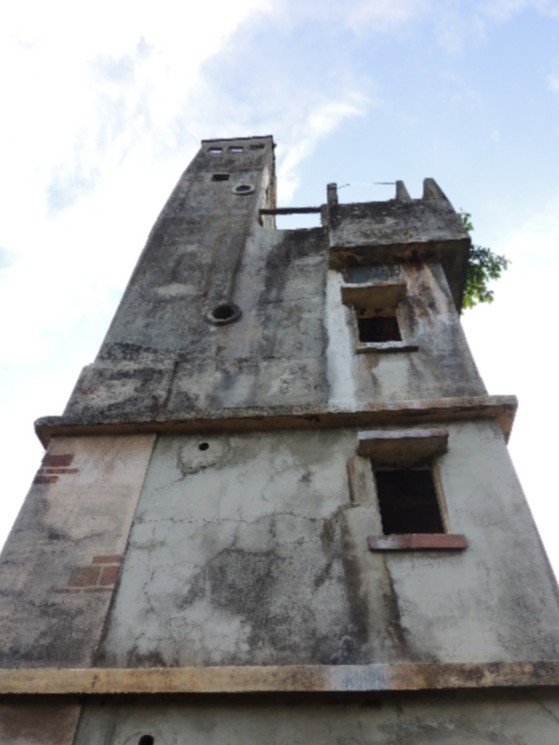
In a region frequently battered by natural calamities, the Tower stands as a powerful symbol of hope and strength [User Query]. Its continued existence, despite enduring countless storms and tremors for over 70 years, offers a tangible reminder to the people of Cuartero that resilience is not just an ideal, but an achievable reality. This unwavering presence fosters a sense of collective pride among the locals, demonstrating the enduring spirit and fortitude of their community. The Tower’s survival has actively shaped the community’s self-perception, becoming a tangible anchor for their collective memory and a source of inspiration during times of hardship. It is not just a landmark
in Cuartero, but a landmark of Cuartero’s spirit.
The Tower is recognized as crucial for “maintaining Cuartero’s traditions and community identity”. It serves as a repository of local history, a concrete narrative of overcoming adversity. Its story, deeply intertwined with
Roberto Funa Engineer‘s aspirations and the town’s development, enriches the historical narrative of Cuartero. The Tower, through its sheer presence and history, acts as a silent storyteller for the community. It embodies the narrative of Roberto Funa’s vision, the family’s initial doubts, and the ultimate triumph over nature, passing down valuable lessons of perseverance and innovation to new generations.
This cultural significance naturally extends to its role in Capiz Tourism. The Tower’s unique story and steadfast presence have fostered a sense of unity among the locals, and it serves as a “beacon for other communities”. It illustrates how “cultural pride and innovative governance could forge a thriving and dynamic identity” for a place. This unique appeal helps to draw visitors to Cuartero, enriching their travel experience and supporting the local economy. The “peculiar design” mentioned by visitors [User Query] transforms from an initial oddity into a unique selling proposition, drawing curiosity and admiration, and becoming a key talking point for those who visit.

On 13 April 2025, a speeding duck in Switzerland made headlines when a roadside radar on Wangentalstrasse in the municipality of Köniz, near Bern, flashed at 52 km/h in a 30-km/h zone only to reveal a low-flying mallard as the unexpected offender. This unusual incident not only caught the attention of local citizens but also raised questions about wildlife behavior and the safety of roadways in residential areas.
Experiencing the Enduring Legacy: Visiting the Tower of Bobby
The Tower of Bobby Capiz is a must-visit destination for anyone exploring the province. Located conveniently in the heart of Cuartero, it offers a unique blend of architectural curiosity and inspiring history. Visitors are drawn to its imposing height and distinct design, which stands out prominently against the local landscape. Its very presence invites contemplation about its construction and the extraordinary mind behind it, sparking curiosity and conversation among all who see it.
Tourists and locals alike come to “marvel at its peculiar design” [User Query]. This is not a traditional architectural masterpiece in the classical sense, but its unconventional form and proven resilience make it profoundly fascinating. The distinctiveness of its structure differentiates the Tower from other attractions, becoming a key draw for those seeking unique experiences in the Philippines. This “peculiar” quality, far from being a detractor, is a unique selling proposition that encourages visits and generates interest, contributing significantly to Capiz Tourism.
Beyond its physical presence, the Tower offers an “inspiring story of endurance” [User Query]. Learning about Roberto Funa’s bold vision, the family’s initial skepticism, and the building’s unwavering strength through decades of natural disasters provides a powerful narrative that resonates deeply with visitors. People are not just observing a static structure; they are connecting with a narrative of human spirit, perseverance, and the triumph of a dream against formidable odds. This emotional connection makes the visit more impactful and memorable, driving word-of-mouth recommendations and repeat visits, which are crucial for sustainable tourism development.
As a significant Cuartero Landmark, the Tower of Bobby Capiz plays a vital role in local and regional Capiz Tourism. It stands proudly alongside other cultural heritage landmarks in Capiz, such as the coral-stone Santa Mónica Church in Panay, home to the largest Catholic Church bell in Asia, and contributes to the province’s rich tapestry of attractions. Other notable places include the Capiz Ecology Park and Cultural Village, and various historical sites in Roxas City. By positioning the Tower of Bobby as a significant landmark within this broader context, its importance is highlighted not just locally but as a distinct contribution to the overall
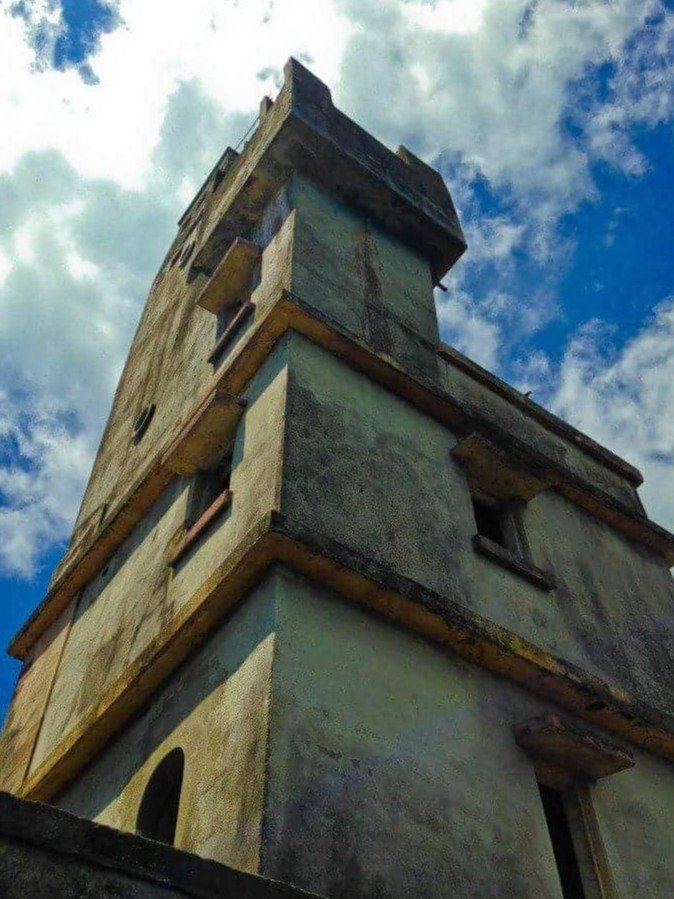
Capiz Tourism offering, helping to put Cuartero on the map for travelers seeking authentic and inspiring Philippine experiences.
Conclusion: An Unshakeable Icon for Generations
From the ambitious vision of a young Roberto Funa Engineer in 1950, who dared to build a seven-story “impregnable fortress” against the conventional wisdom of his time, the Tower of Bobby Capiz has truly come to life. It has journeyed through over 70 years of Philippine history, standing tall and unyielding against the relentless forces of nature. This remarkable structure is more than just concrete and steel; it is a living monument to human ingenuity, a powerful testament to Philippine Resilience, and an enduring symbol of hope and strength for the people of Cuartero. Its survival through countless typhoons and earthquakes, including the devastating Super Typhoon Yolanda, makes its story resonate deeply with both locals and visitors, serving as a constant reminder of the community’s enduring spirit.
The Tower of Bobby Capiz continues to be a cherished Cuartero Landmark, drawing visitors who marvel at its unique design and are inspired by its incredible story of endurance. Its distinctiveness not only contributes to the local identity but also significantly boosts Capiz Tourism, offering a unique historical and architectural attraction. It stands as a proud emblem of a community that refuses to be broken, an unshakeable icon for generations past, present, and future, solidifying its place in the heart of Capiz’s cultural and historical landscape.

The world is full of incredible oddities, and we’re committed to bringing them to your attention. If you found this article intriguing, imagine what else awaits. Our blog is a curated collection of strange and thought-provoking stories that explore the most bizarre happenings across the globe. Don’t miss out on your next fascinating discovery. Explore our blog section today.


